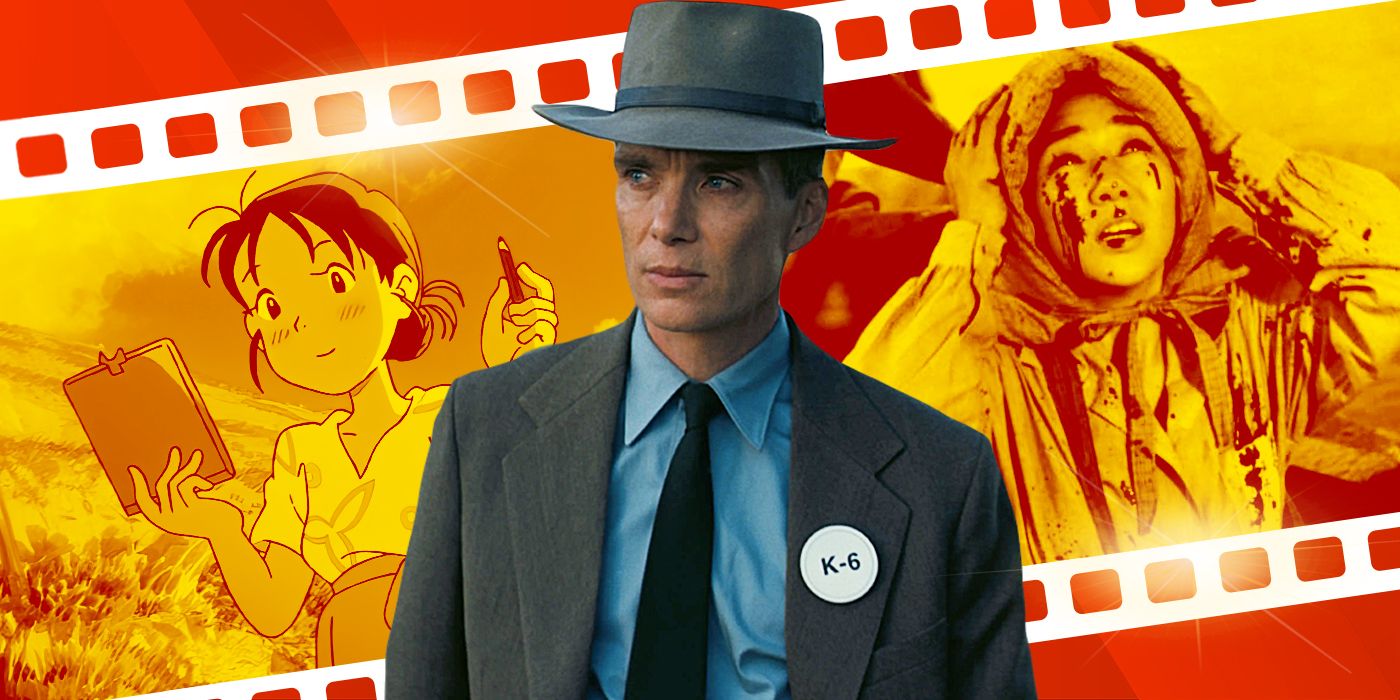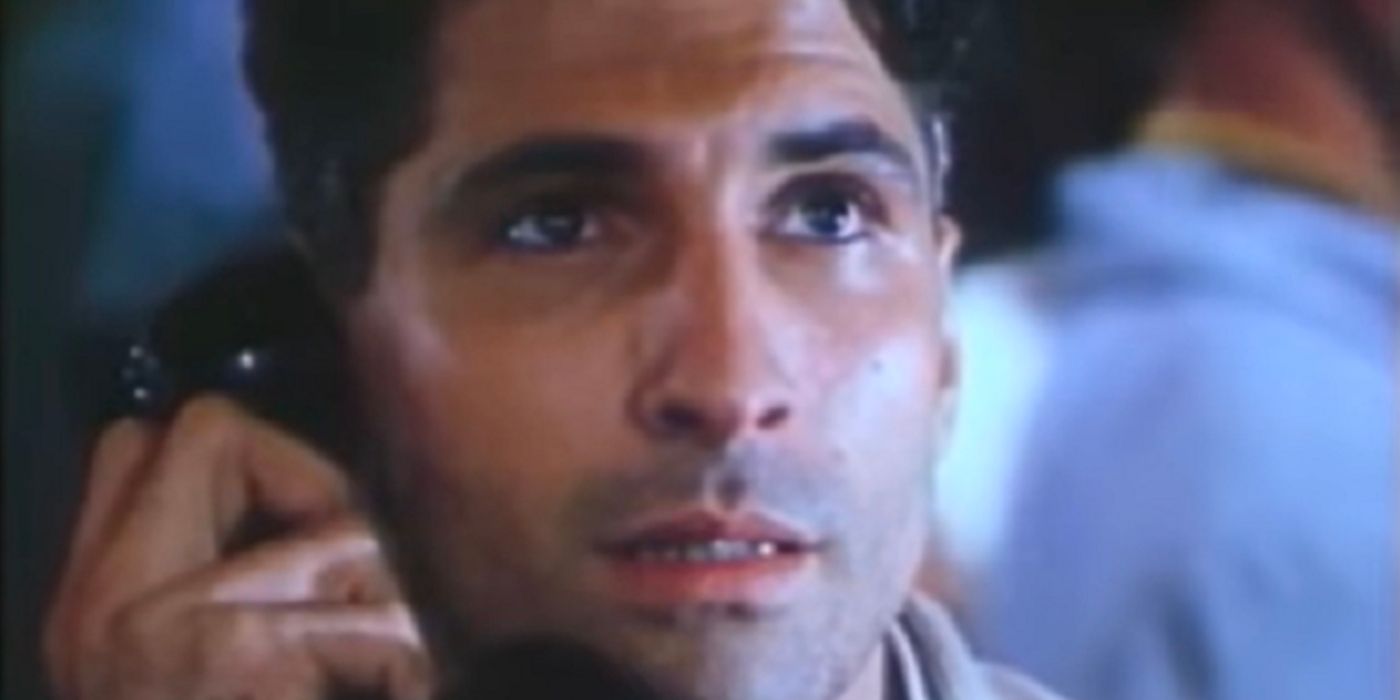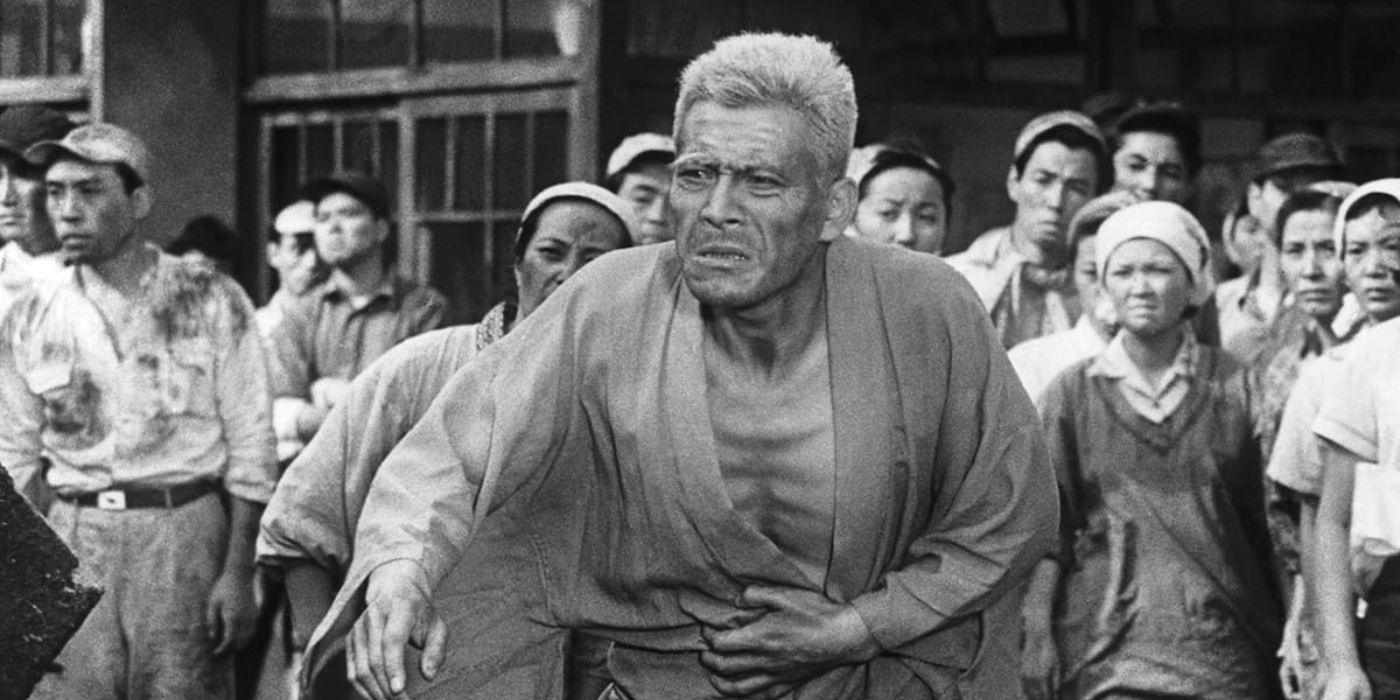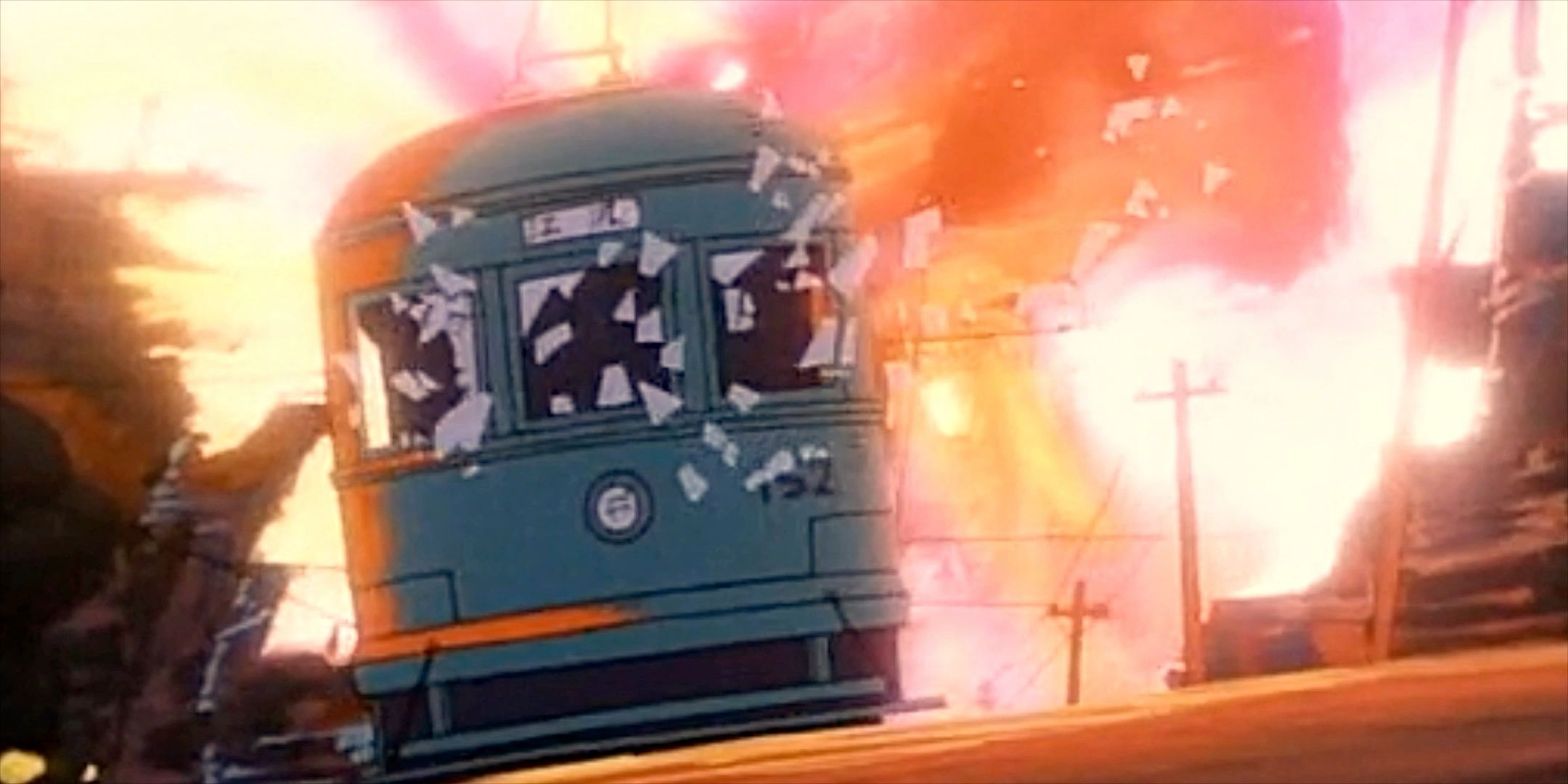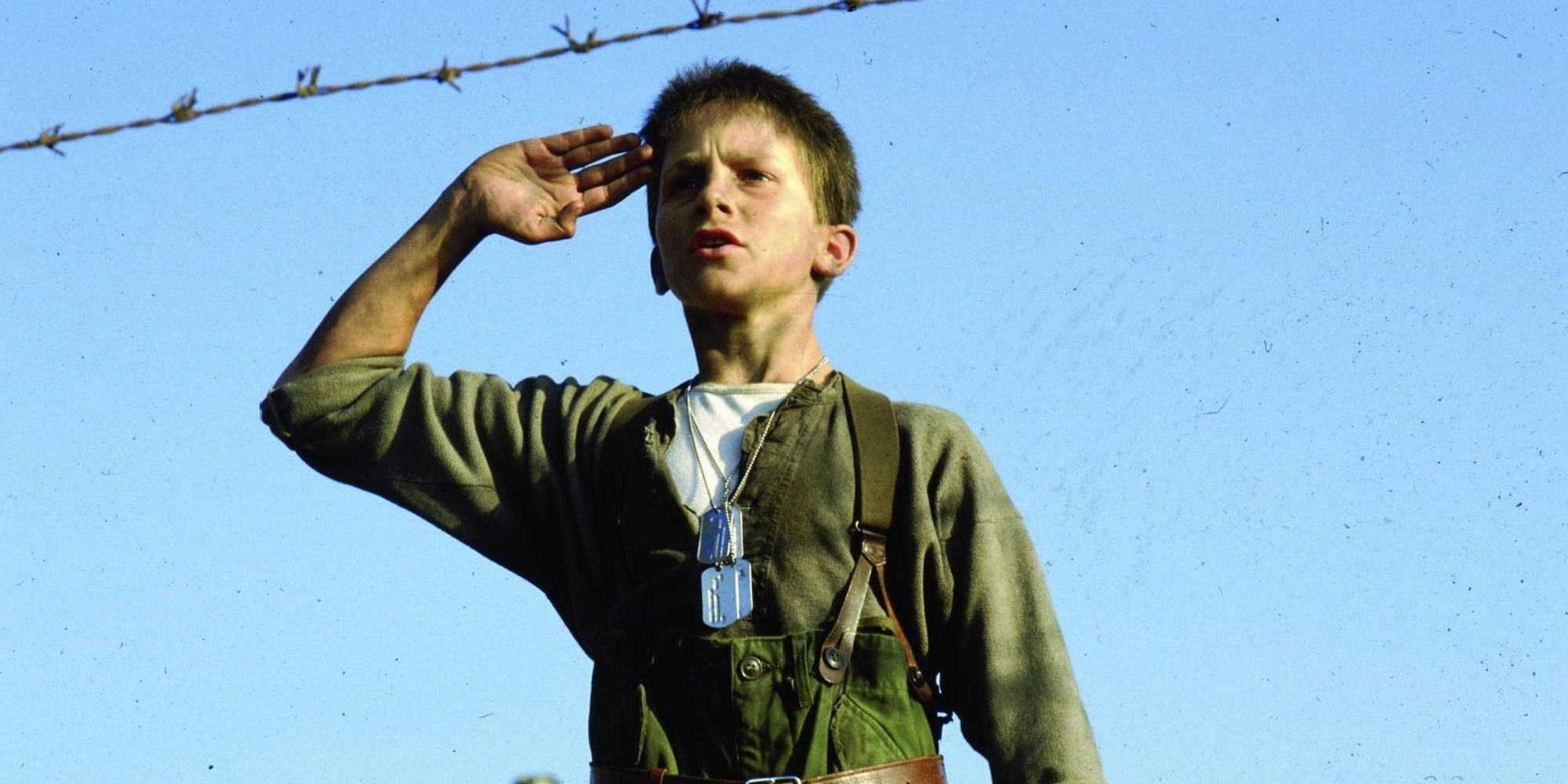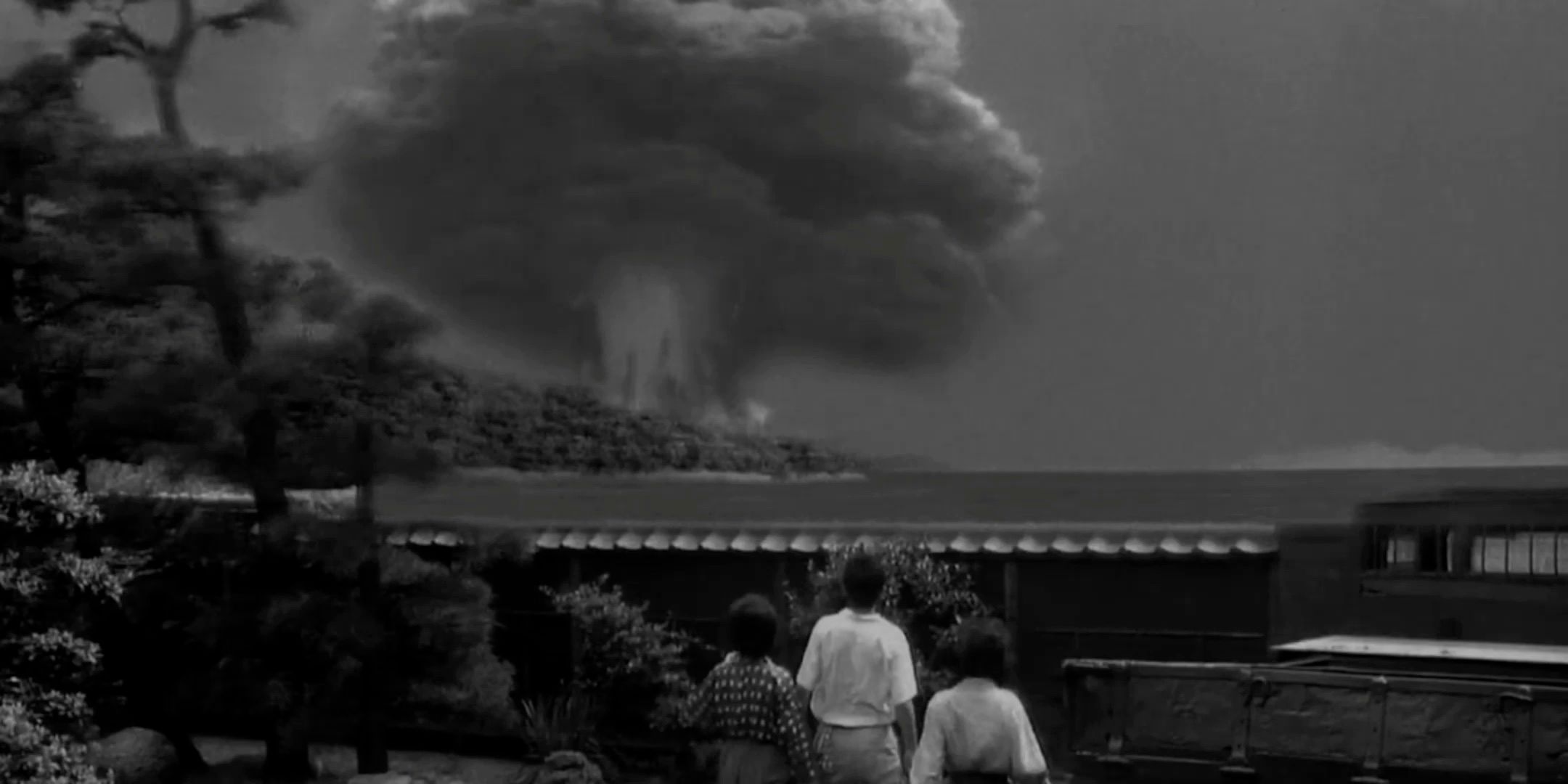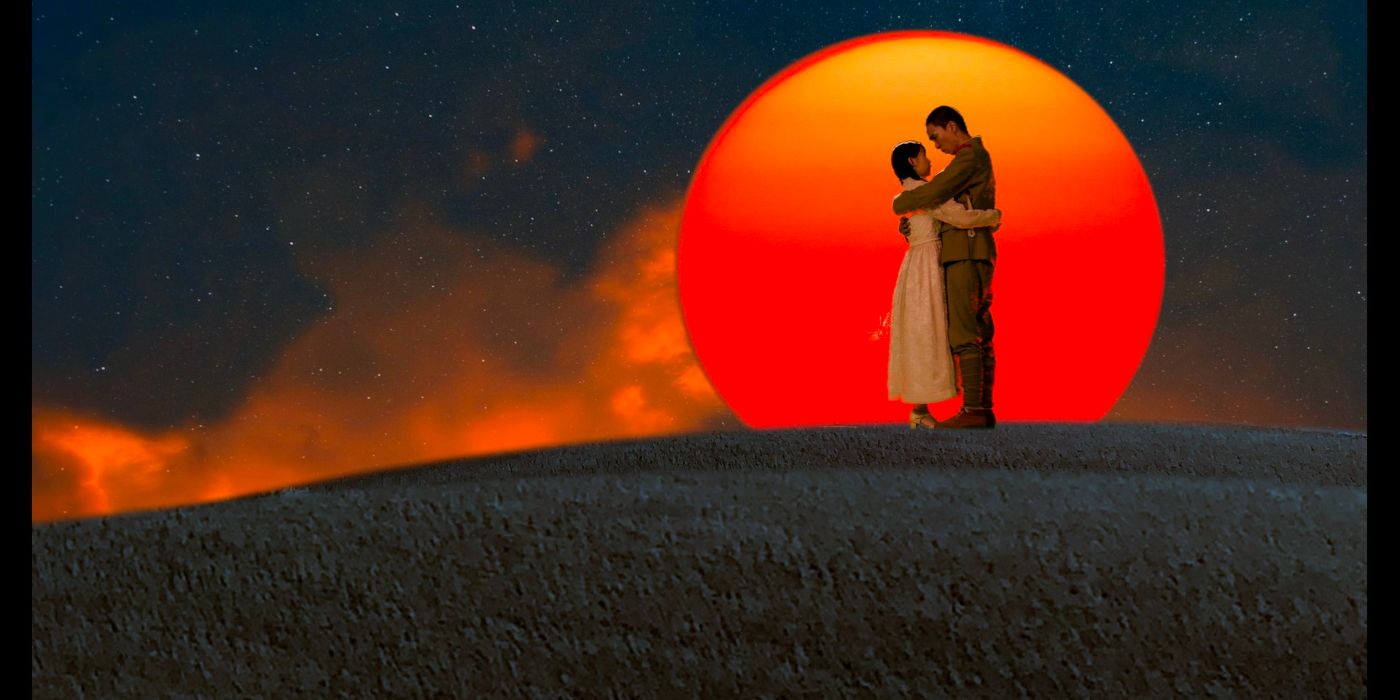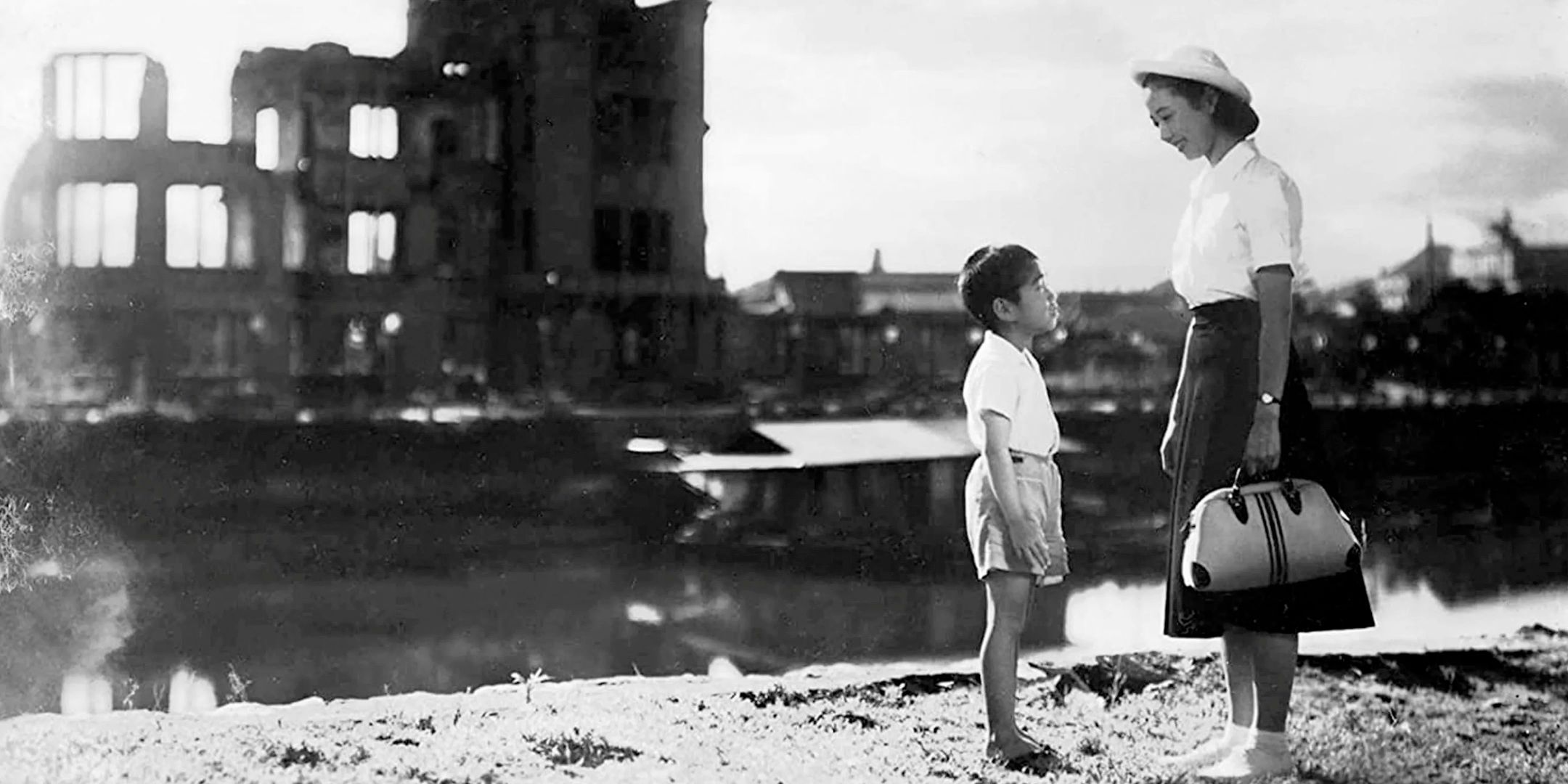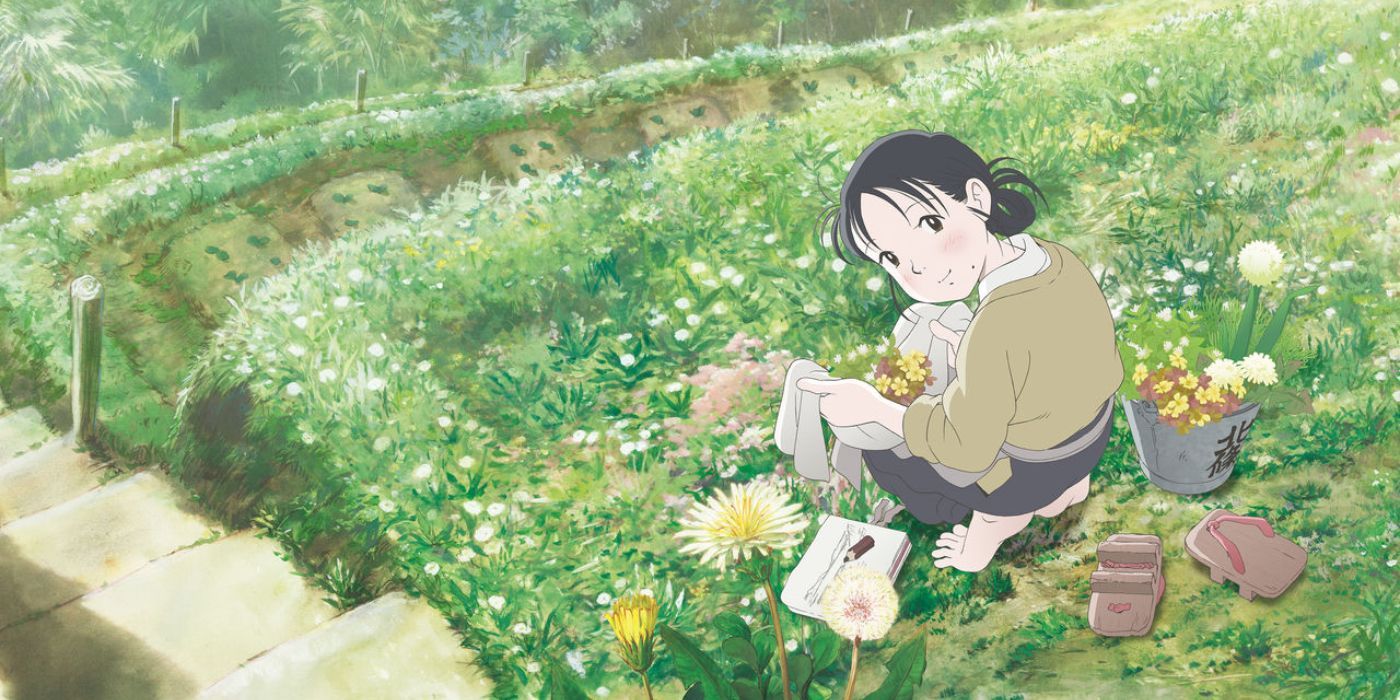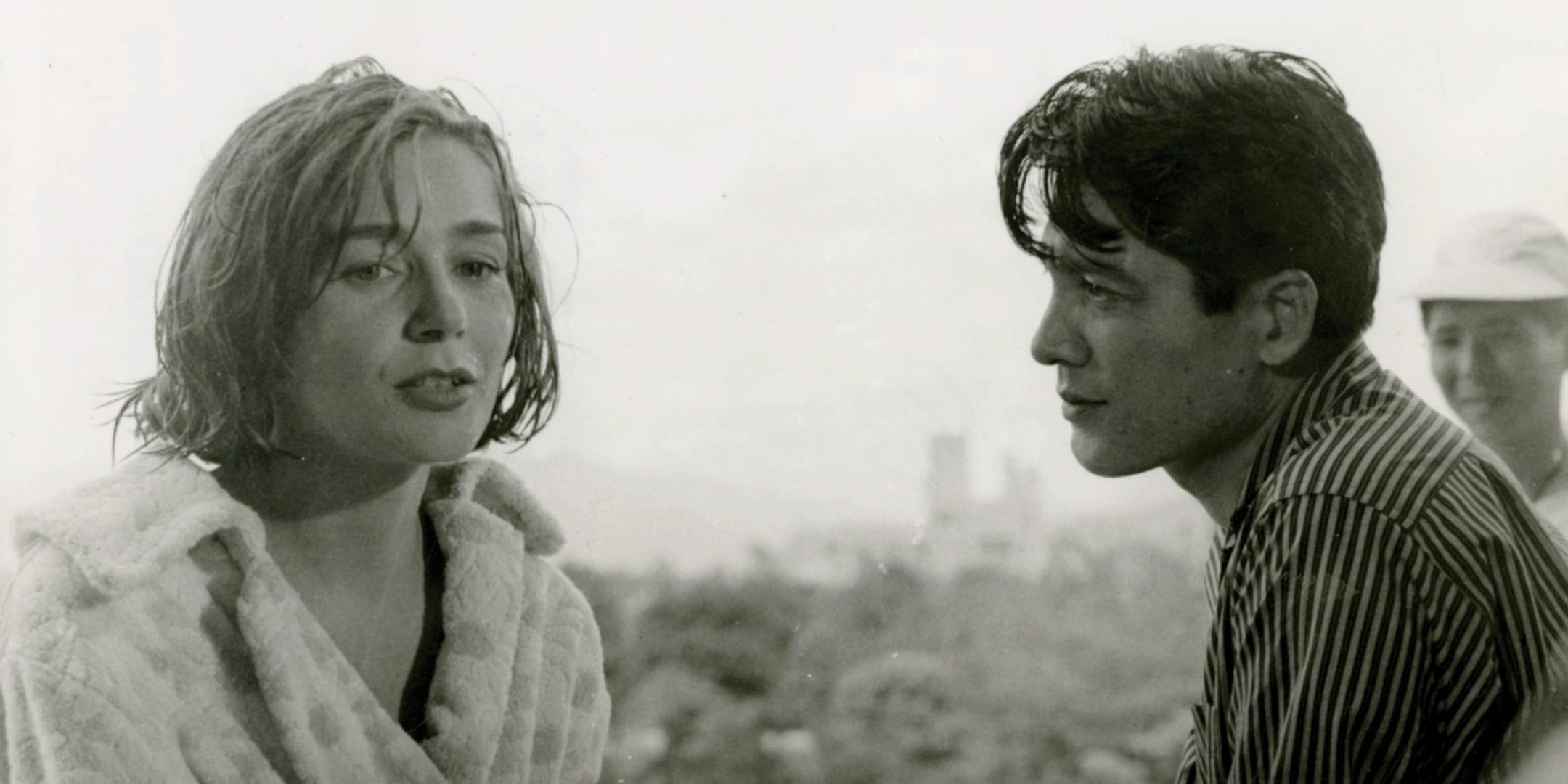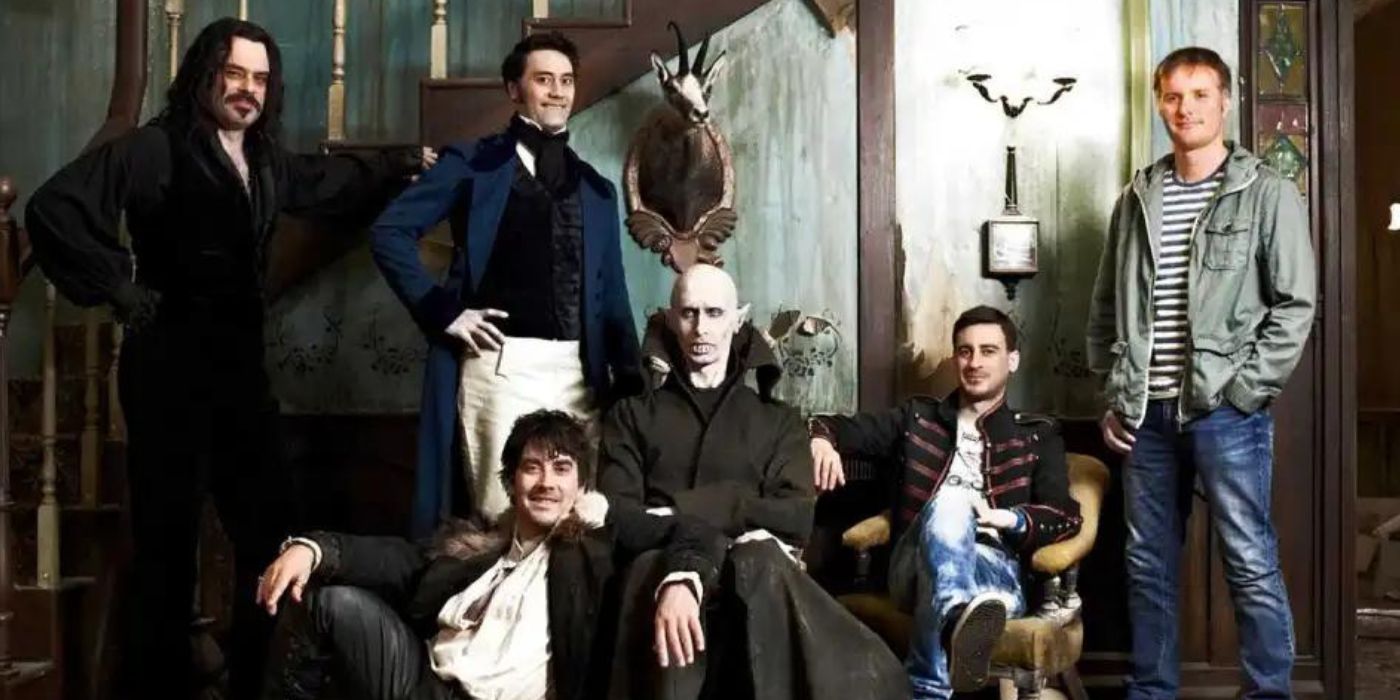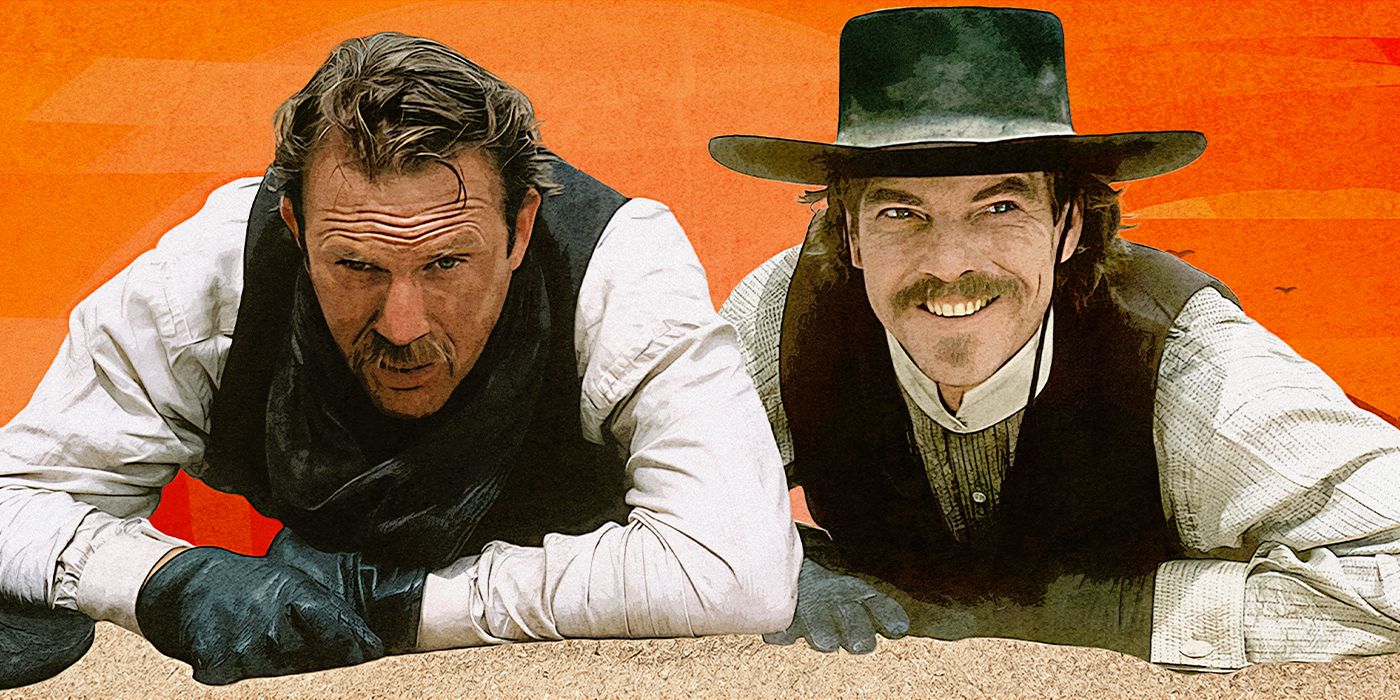As one of the biggest releases in recent times, Oppenheimer has seen interest in the history of the atomic bomb reach new heights. The Christopher Nolan biographical drama follows J. Robert Oppenheimer (Cillian Murphy) as he leads the Manhatten Project, an American military initiative to create the atomic bomb to be used to end World War II. Focusing only on events directly perceived by Oppenheimer, the film paints a complicated and compelling portrait of the man, reveling in the magnitude of his achievements while only hinting at the terrible aftermath they would bring.
The final toll of how many people died as a result of “Fat Man” and “Little Boy” remains inconclusive, with the estimated number of deaths ranging from 110,000 to 210,000. The repercussions of the attack in a global sense are well documented, but many viewers have watched Oppenheimer only to ponder what different sides of the story may look like. From 50s dramas to animated masterpieces, these 10 movies about the atomic bomb and the aftermath are must-see for those intrigued by Oppenheimer.
10 ‘Rhapsody in August’ (1991)
Director: Akira Kurosawa
Akira Kurosawa is obviously a significant name in the context of Japanese and international cinema, widely regarded as being one of the greatest and most influential filmmakers of all time. While it isn’t heralded quite like some of his other films, Rhapsody in August is still an essential viewing experience for Kurosawa fans, particularly ones who have an interest in the long-standing and personal impact the bombings had on ordinary Japanese people.
Set in the early 90s, it focuses on Kane (Sachiko Murase), an elderly woman who lost her husband and a number of her siblings in the bombing of Nagasaki, as she is visited by her children and grandchildren. Learning that her brother is dying in Hawaii, she prepares to visit him as she is helped by her nephew, Clark (Richard Gere). Rhapsody in August makes striking use of imagery and characters to effectively meditate on the impact of the attack on three different generations. It also marks the second last film of Kurosawa’s incredible career.
Buy on Amazon
9 ‘Day One’ (1989)
Director: Joseph Sargent
Like Nolan’s biographical thriller Oppenheimer, Day One offered an intrinsic look at the inner machinations of the Manhattan Project, with the television docudrama following Hungarian physicist Leo Szilard (Michael Tucker). Beginning as Szilard leaves Europe, it chronicles his efforts alongside Albert Einstein (Peter Boretski) to convince the U.S. government to build a nuclear bomb before the Nazis. However, when Germany is defeated, Szilard strives to prevent America’s work on the bomb from being completed in an effort to avoid a nuclear arms race.
Offering an insightful look into the politics behind the operations, including the scenarios President Harry Truman (Richard Dysart) was presented with, Day One was a fascinating look back at one of the most complex chapters in American history. It won the Emmy for Outstanding Drama/Comedy Special, and earned high praise for its scope and its historical accuracy. It also showed Hiroshima being bombed and featured images of the destruction it caused.
Buy on Amazon
8 ‘I Live in Fear’ (1955)
Director: Akira Kurosawa
A powerful drama about the paranoia the use of the nuclear bomb saw permeate throughout Japan and the rest of the world, I Live in Fear explored what it was to be sane and rational in such a frightful world. Set nine years after the bombings, it follows factory owner Kiichi Nakajima (Toshiro Mifune) as he grows terrified of future nuclear attacks and tries to relocate his reluctant family to Brazil. Worried that he’ll waste all their money, Nakajima’s family hope to have him declared insane to protect their inheritance.
Kurosawa’s black comedy is a poignant, eerie look at trauma in post-war Japan, showing the atomic bomb’s psychological impact across society. When Kiichi’s son-in-law Takao (Masao Shimizu) angrily informs him that nowhere on Earth is safe — there are now enough nuclear weapons to wipe out all life — the film also captured a very real global fear inherent during the Atomic Age and Cold War era.
Watch on Criterion
Director: Mori Masaki
Loosely adapted from Keiki Nakazawa‘s manga of the same name, Barefoot Gen offers a harrowing look at the victims of the bombing of Hiroshima. The adult animation follows a young boy who lives in the city, documenting the horrors he is exposed to both when the bomb hits and in the aftermath. While his father and two siblings burn to death, his pregnant mother survives only to give birth to a daughter who dies of malnutrition.
Despite being a PG-13 rated animation, Barefoot Gen is famous for its depiction of the bombing scene, showing peeling skin, melting eyeballs, zombie-like bodies punctured by glass, and even touching on the many who died through radiation poisoning. Its emotional weight has seen it draw comparisons to Grave of the Fireflies, while it has also been likened to the 1978 short Pikadon as an unforgettable, nightmarish display of the horrors of war told through the lens of anime.
Barefoot Gen
- Release Date
- July 21, 1983
- Runtime
- 85 minutes
Watch on RetroCrush
6 ‘Empire of the Sun’ (1987)
Director: Steven Spielberg
An underrated entry in Steven Spielberg‘s filmography, Empire of the Sun takes place throughout the Second World War, covering the journey of a British schoolboy who is left behind during the Japanese invasion of Shanghai in 1937. Ending up in a Prisoner of War camp, he is looked after by Basie (John Malkovich), an American sailor. Towards the end of the film, young Jamie (Christian Bale) sees the distant flash of the bombing of Nagasaki.
There is a haunting beauty to the moment, as a traumatized Jamie interprets the flash as the soul of a fellow prisoner and recently deceased friend ascending to heaven. He gazes with rapture at the distant light and deadly iridescent colors in the sky. It’s questionable if it was possible to see the blast from Shanghai, but it made for a powerful, poignant, and emotionally conflicting moment.
Empire of the Sun
- Release Date
- December 11, 1987
- Runtime
- 154m
Rent on Apple TV
5 ‘Black Rain’ (1989)
Director: Shōhei Imamura
Not to be confused with Ridley Scott‘s lackluster film of the same name that also released in 1989, Shōhei Imamura‘s Black Rain is a beautiful, meticulously-paced film realized in striking black-and-white photography. It follows Yasuko (Yashiko Tanaka) who lives with her aunt and is considered impossible to marry due to her exposure to nuclear fallout (the titular black rain) five years earlier. While she eventually marries a veteran living with PTSD, Yasuko succumbs to radiation sickness and cancer as the years go on.
A heartbreaking look at the life of the hibakusha (Japanese for “bomb-affected-people”, used to describe survivors of the two bombs), it unflinchingly shows charred, deformed bodies and the slow, painful deaths many suffered. Its focus on the social isolation many survivors of Hiroshima and Nagasaki faced (in addition to the awful health problems) was just as powerful as the film’s opening minutes, which placed audiences at the epicenter of the attack on Hiroshima.
Watch on Mubi
4 ‘Labyrinth of Cinema’ (2019)
Director: Nobuhiko Obayashi
The final film from experimental director Nobuhiko Obayashi, Labyrinth of Cinema presented three hours of surrealist wonder that proved to be as stunning as it was ambitious. As a small Japanese cinema presents one final show, three men and a young schoolgirl attend the all-night screening of war films to celebrate the theater in their own ways. However, when they are transported into the movies they are watching, they find themselves in a desperate fight for survival.
While the film explored three significant moments in Japan’s military history, it was undoubtedly the sequence which placed the four characters in Hiroshima as it is about to be bombed which was the most arresting. Using its unusual narrative to illustrate the power of cinema while broadcasting the senselessness of war, Labyrinth of Cinema was a hypnotic masterpiece of experimental film-making.
Rent on Amazon
3 ‘Children of Hiroshima’ (1952)
Director: Kaneto Shindo
A film of striking immediacy, Children of Hiroshima was released less than a decade after “Little Boy” decimated Hiroshima. Opening with lingering shots of the city being destroyed, it soon sets its focus on Takako (Nobuko Otowa), a young school teacher who travels to Hiroshima to visit the graves of her family and meets their badly injured former servant, Iwakichi (Osamu Takizawa). She also goes to the site of the kindergarten she used to teach at and tracks down some of her former students, seeing first-hand the devastating aftermath.
Based on real-life accounts, the film’s focus on the hibakusha and how they were ostracized from society without employment opportunities was handled admirably by Kaneto Shindo who depicted the aftermath of the bomb from the perspective of ordinary, wounded people. It has often been compared and contrasted against 1953’s Hiroshima, which was more graphic in its presentation of the bomb’s effects and intensely critical of the political leaders of both America and Japan who brought about the disaster. Both films are rewarding though confronting viewing experiences.
Watch on Tubi
2 ‘In This Corner of the World’ (2016)
Director: Sunao Katabuchi
Another harrowing, animated depiction of war based on a manga, In This Corner of the World was a brutal yet beautiful adaptation of Fumiyo Kōno‘s story. It follows Suzu (Rena Nōnen), a kind-hearted young artist living near Hiroshima during WWII when an air raid sees her lose her hand and results in the death of her young niece. When Suzu’s family is killed in the Hiroshima bombing, she and her husband look after a young orphan and leave for a new life in Kure.
It is a heartbreaking yet intimate and life-affirming tale of wartime survival which presents viewers with two depictions of the blast, with the latter one being particularly confronting. In This Corner of the World was met with widespread critical acclaim thanks to its moving story and its gorgeous hand-drawn animation. It stands as one of the most underrated anime films in recent years, if not of all time.
Watch on Hoopla
1 ‘Hiroshima Mon Amour’ (1959)
Director: Alan Rasnais
A co-production between Japan and France, Hiroshima Mon Armour represents a defining pillar of French New Wave cinema, while also marking Alan Rasnais‘ feature film debut, which just so happened to be a picture of immense influence. A romantic drama, it follows a French actress working on an anti-war film in Japan where she begins a romance with a Japanese architect who lost his family to the atomic bomb.
The actress’ own tragic past – in which she loved a German soldier who was killed, and later had her head shaved by the people in her village for the romance – was balanced against the architect’s heartache quite beautifully. It made for a poignant story and a striking meditation on the international trauma of WWII. The film was widely praised for Emmanuelle Riva‘s commanding lead performance and its innovative depiction of the suffering millions endured after the conflict.
Watch on Criterion

